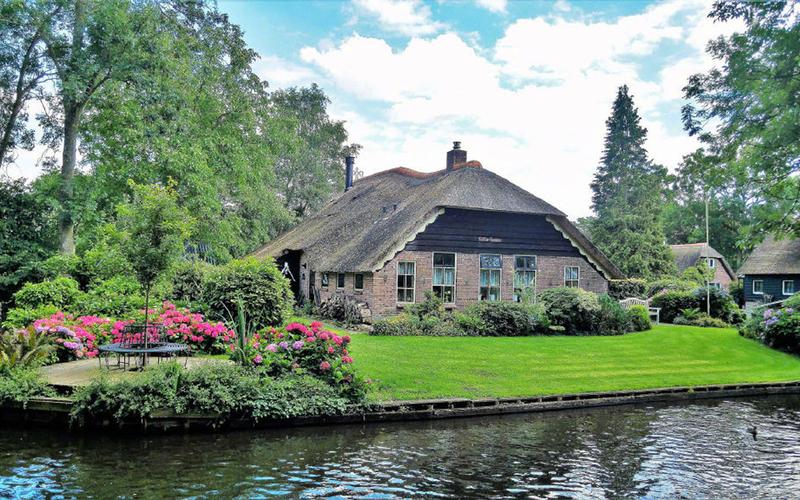India’s Intangible Cultural Heritage: A Fascinating Journey
India’s cultural heritage is rich and abundant, encompassing various tangible and intangible elements. In recent years, the Indian government has actively worked towards preserving this cultural heritage by recognizing it as a valuable asset for the country. The intangible cultural heritage of India is a fascinating aspect that deserves attention and exploration. In this article, we will take a closer look at the diverse intangible cultural heritage of India and its significance.
Music and Dance
India’s music and dance are inseparable from its cultural heritage, with different regions having their unique musical styles. Classical Indian music is one of the oldest music forms in the world, with ragas and talas playing a vital role in its composition. The Carnatic and Hindustani styles of music are renowned worldwide, and their influence can be seen in contemporary music.
India’s classical dance forms, including Kathak, Bharatanatyam, and Odissi, are an integral part of the country’s culture. These dance forms have been passed down from generation to generation and have evolved over the years. The vibrant costumes, intricate steps, and storytelling make these dance forms visually appealing and narratively powerful.
Folk Traditions and Festivals
India’s folk traditions are a beautiful representation of the country’s diversity, with each region having its unique customs and rituals. Pongal in Tamil Nadu, Onam in Kerala, Bihu in Assam, and Durga Puja in West Bengal are some of the country’s popular festivals. These festivals bring people together, with rituals, music, dance, and food playing a central role.
The art of puppetry, street theatre, and storytelling are also essential elements of India’s folk traditions. These performances often tell stories of morality, social issues, and everyday life, keeping the traditions alive.
Cuisine and Traditional Practices
India’s cuisine is as diverse and rich as its culture, with each region having its unique dishes and cooking styles. The flavors, spices, and ingredients used in Indian dishes are an integral part of the country’s heritage. Traditional practices such as Ayurveda and Yoga are also vital components of India’s intangible cultural heritage. Ayurveda is an ancient Indian health system that emphasizes maintaining balance between mind, body, and soul, while Yoga is a physical, mental, and spiritual practice that originated in India.
Conclusion
India’s intangible cultural heritage is an intrinsic part of the country’s identity and holds significant value. It reflects the diversity, vibrancy, and uniqueness of Indian culture, making it a fascinating journey of exploration. By recognizing the importance of preserving this heritage, India can continue to pass it down to future generations and maintain its rich cultural identity.
(Note: Do you have knowledge or insights to share? Unlock new opportunities and expand your reach by joining our authors team. Click Registration to join us and share your expertise with our readers.)
Speech tips:
Please note that any statements involving politics will not be approved.
